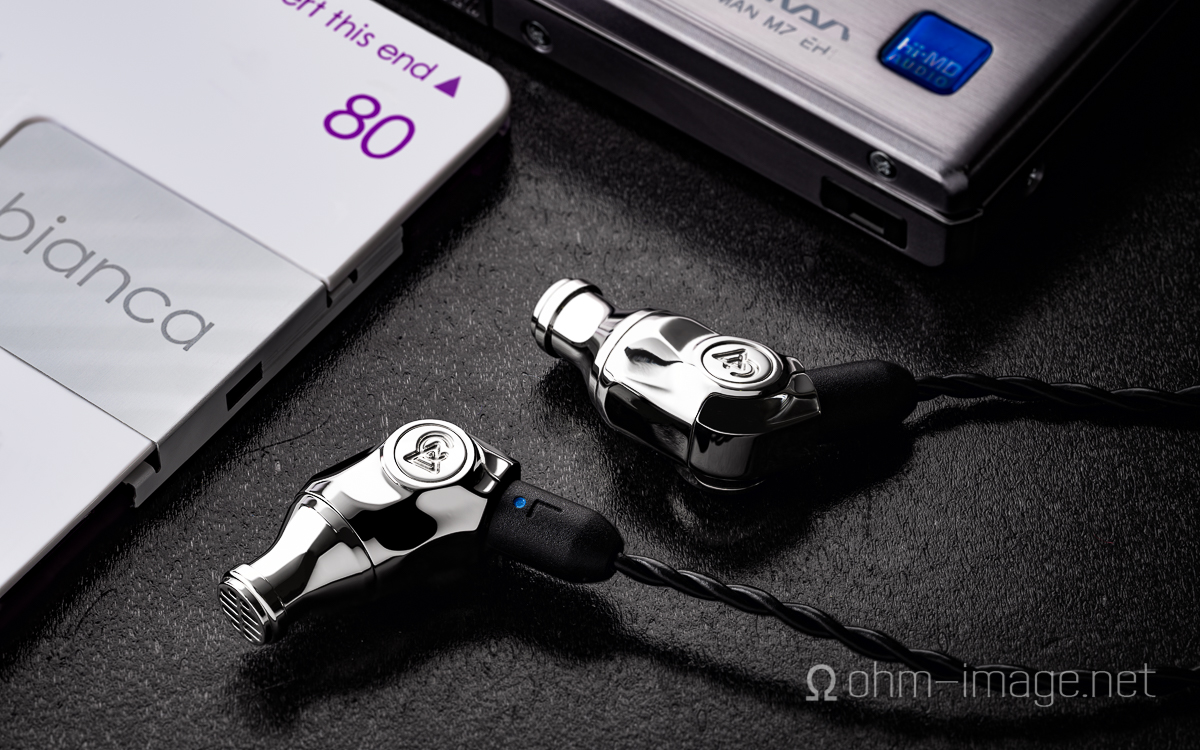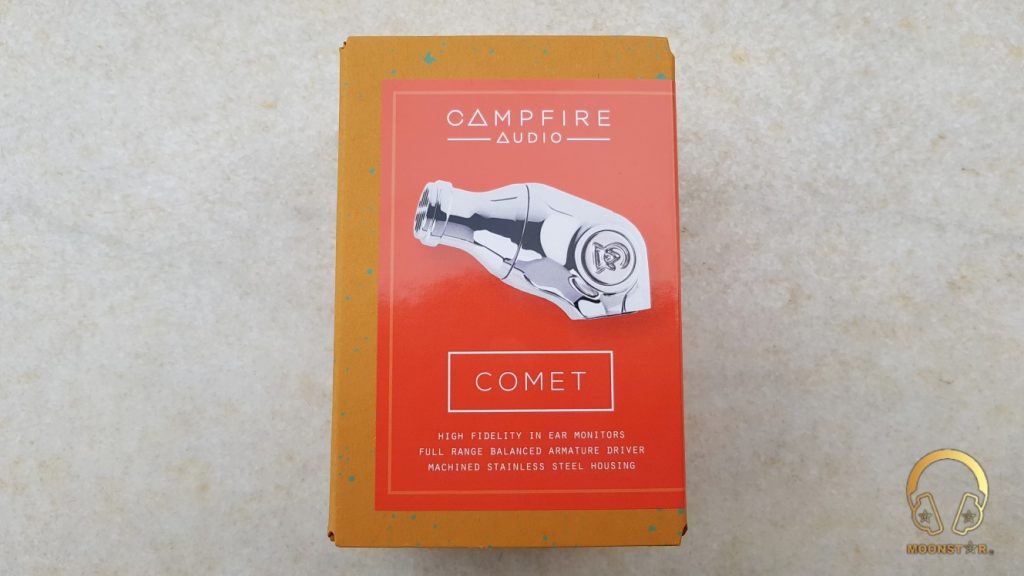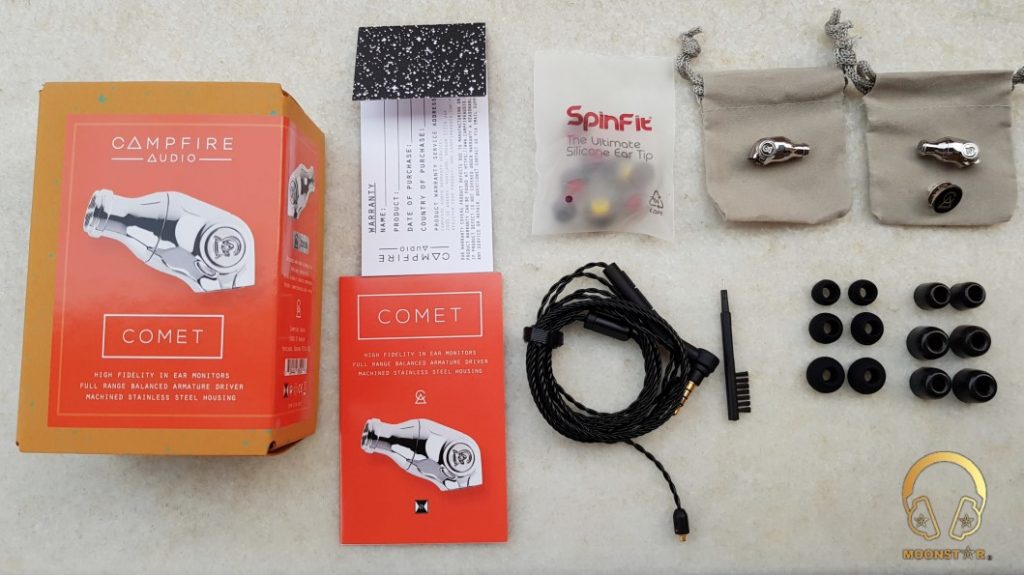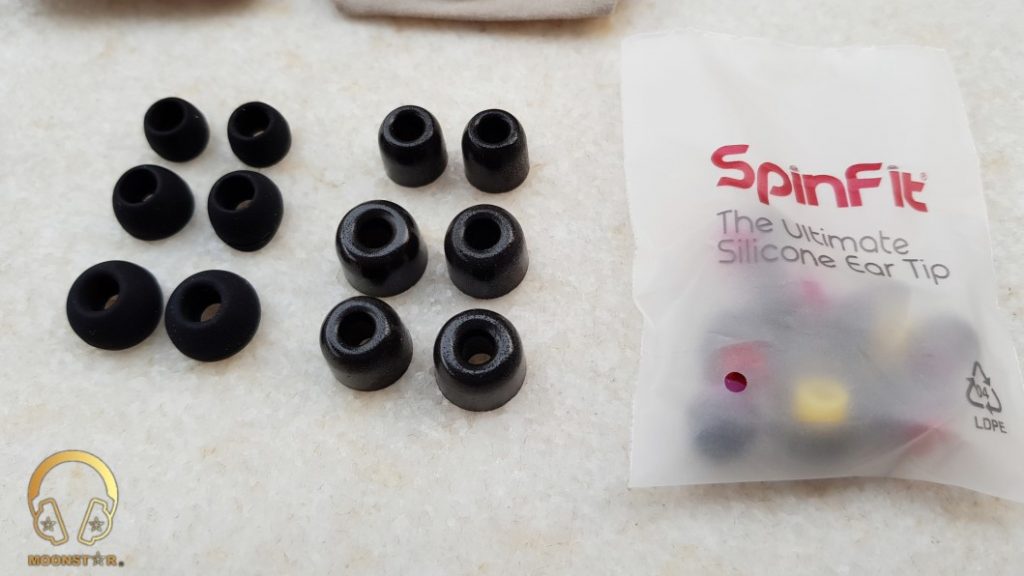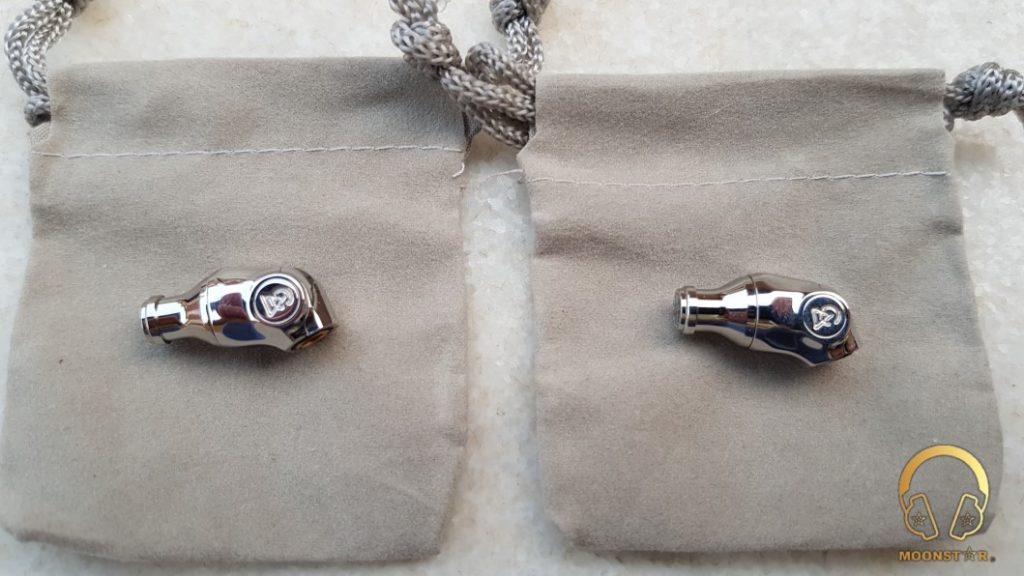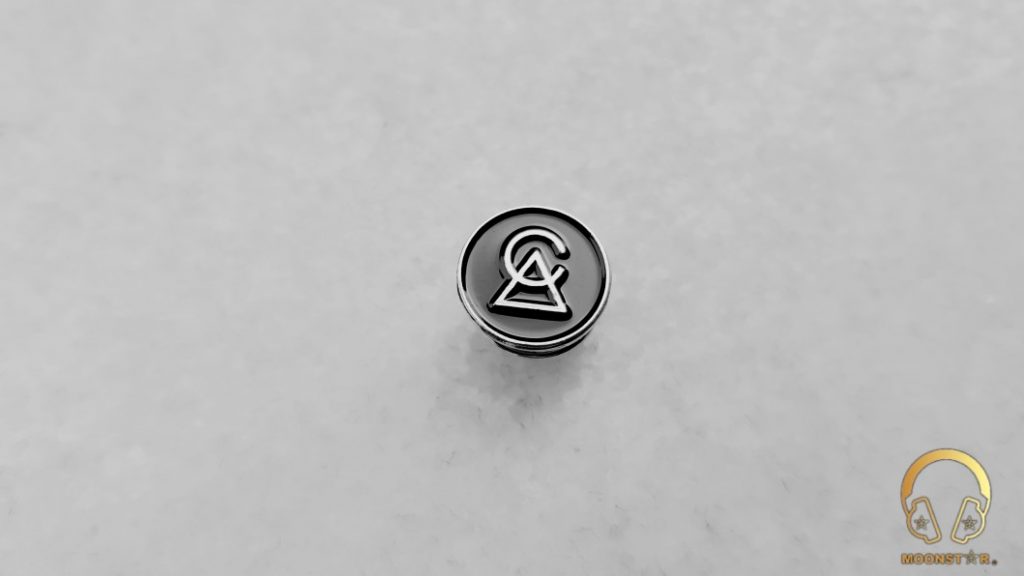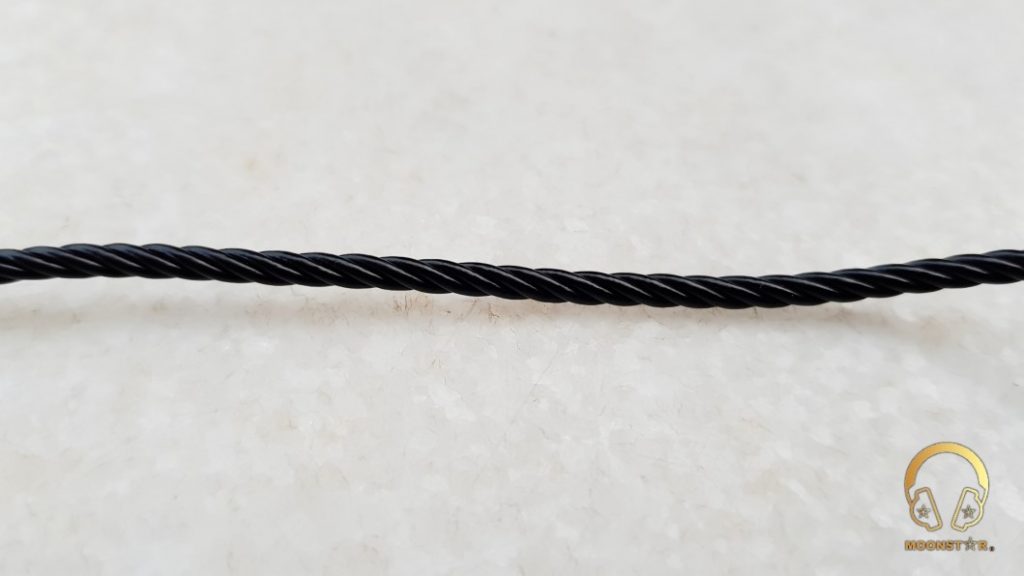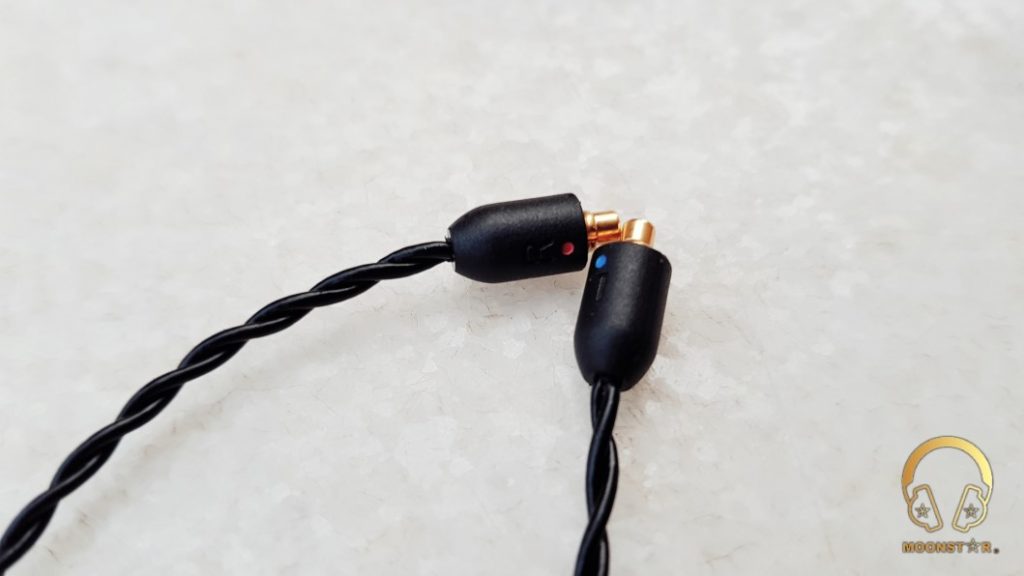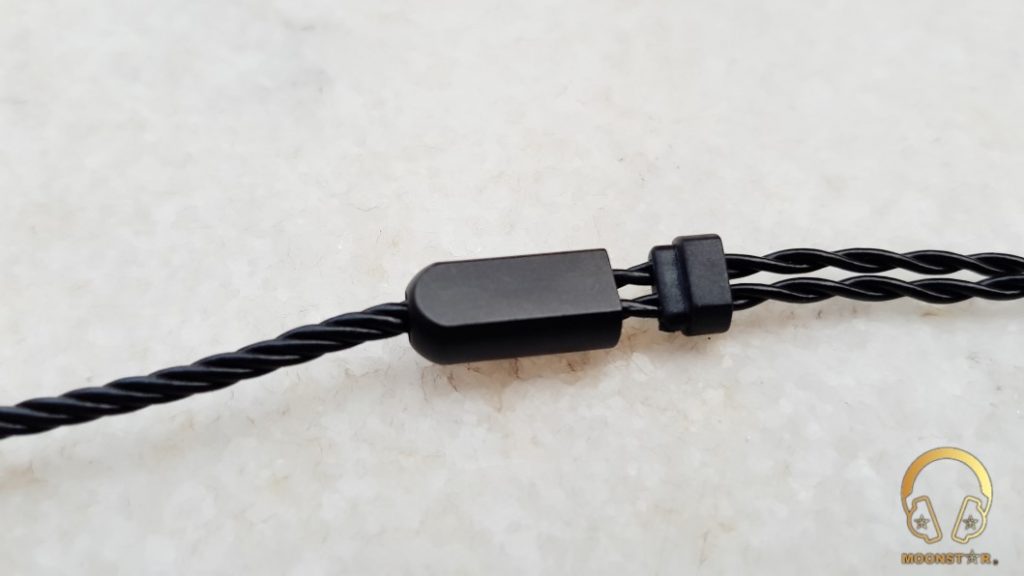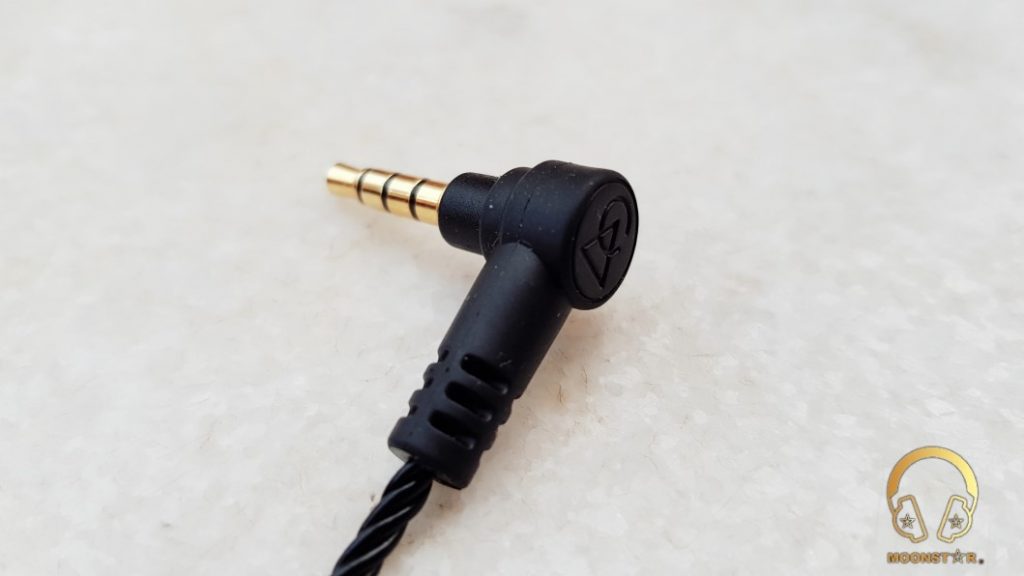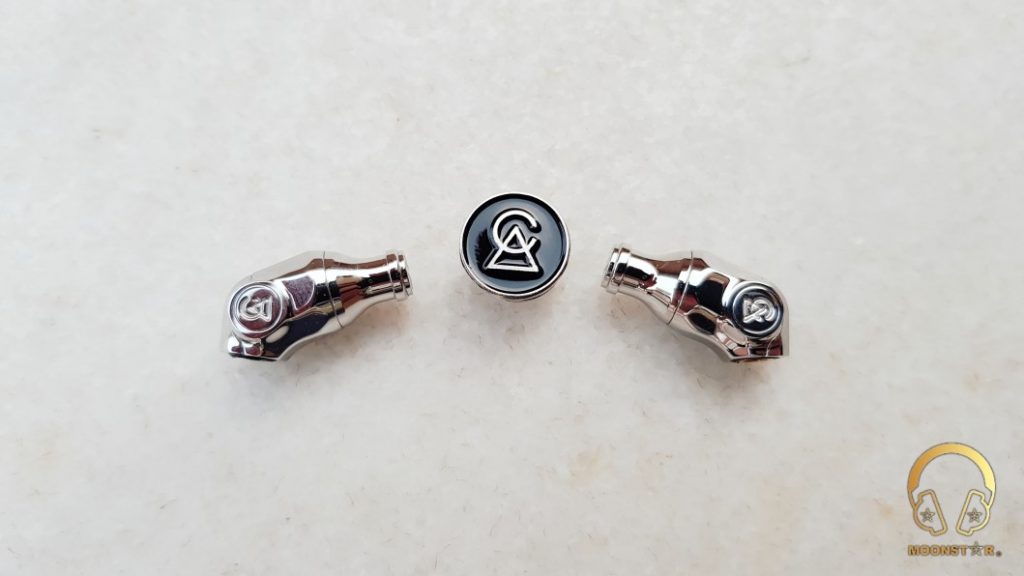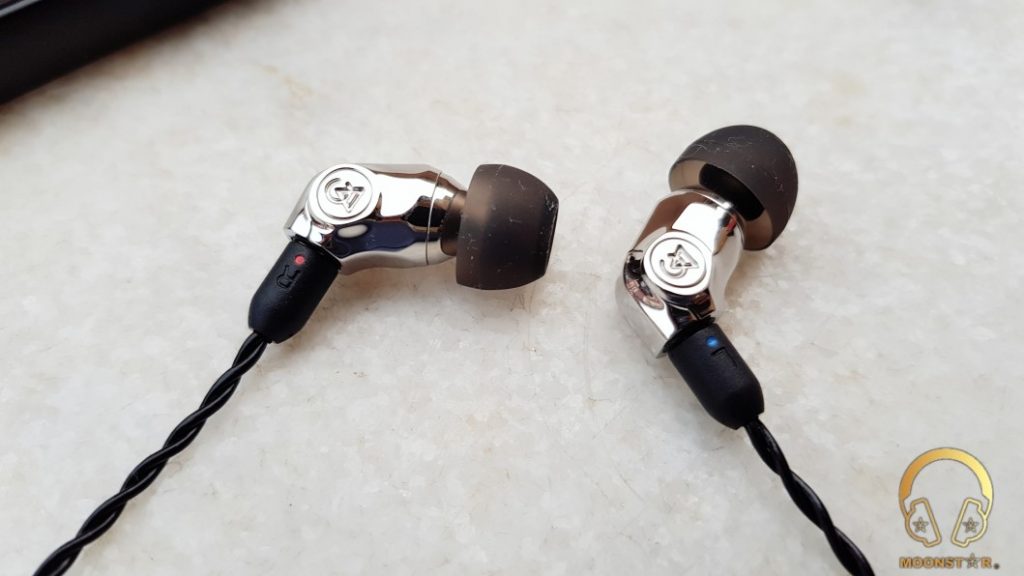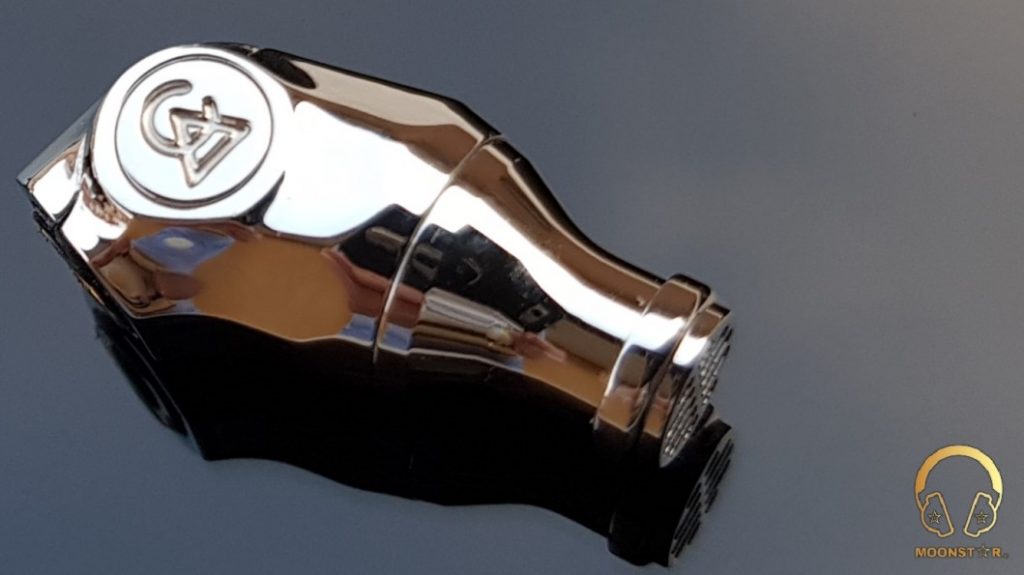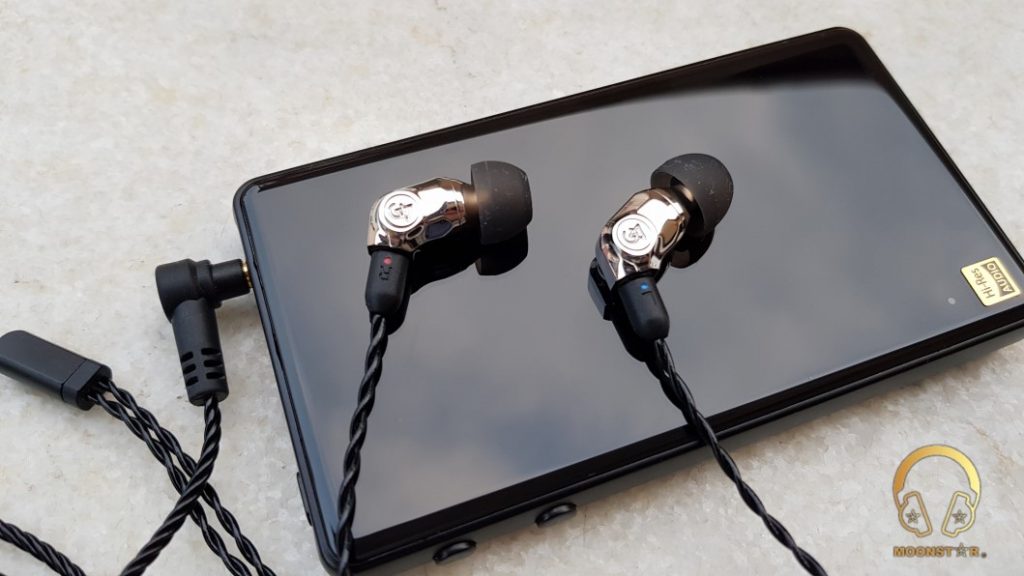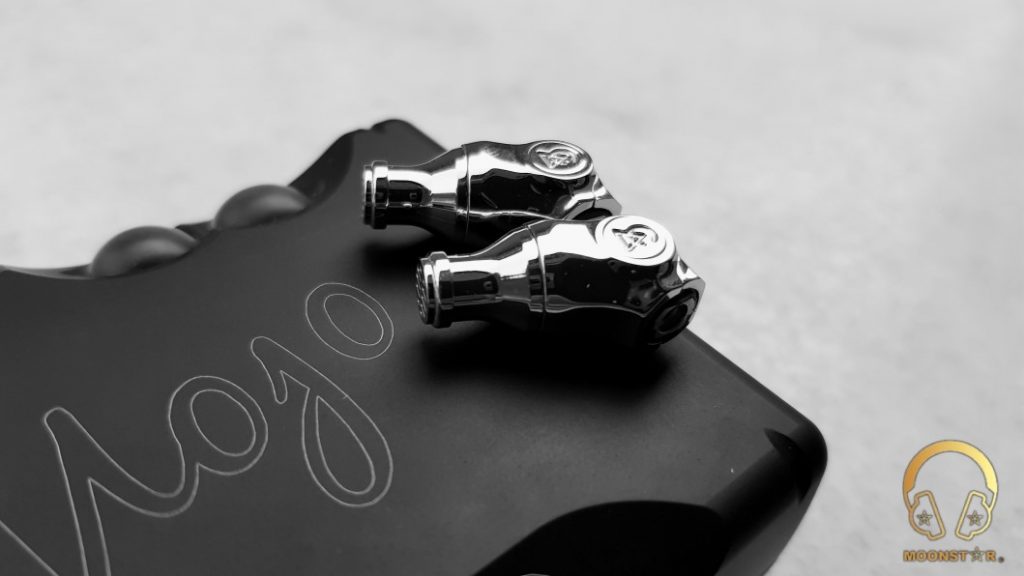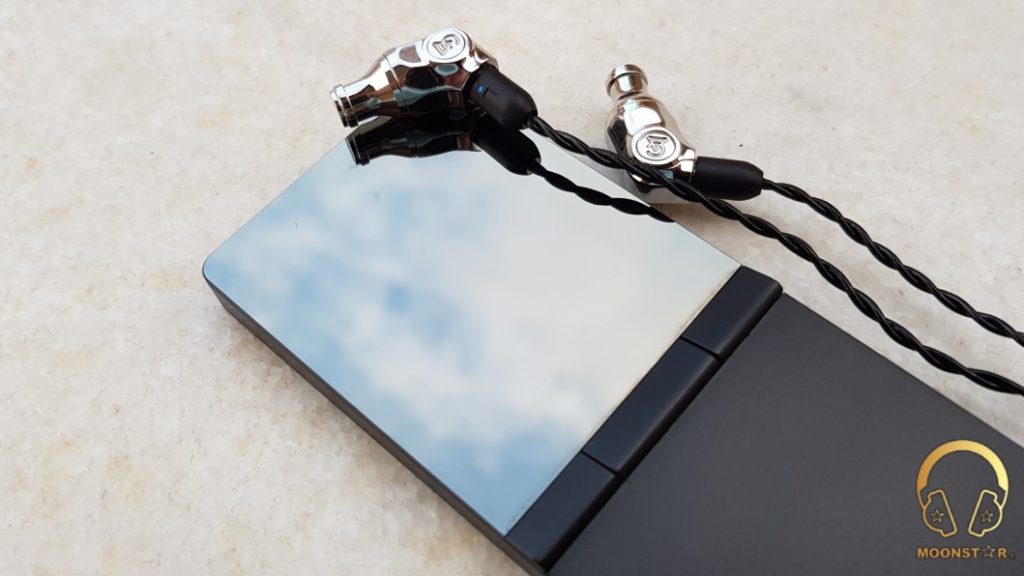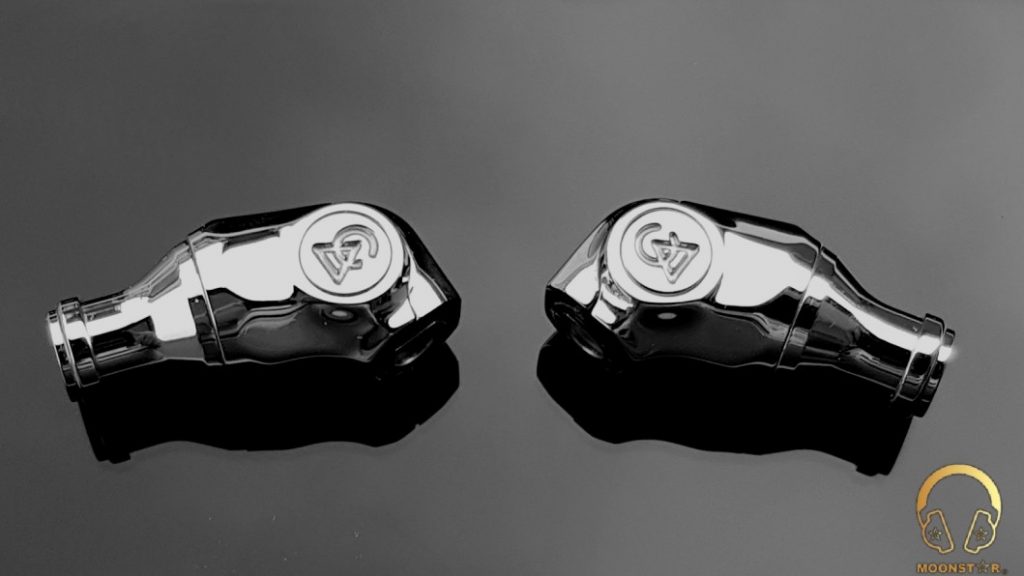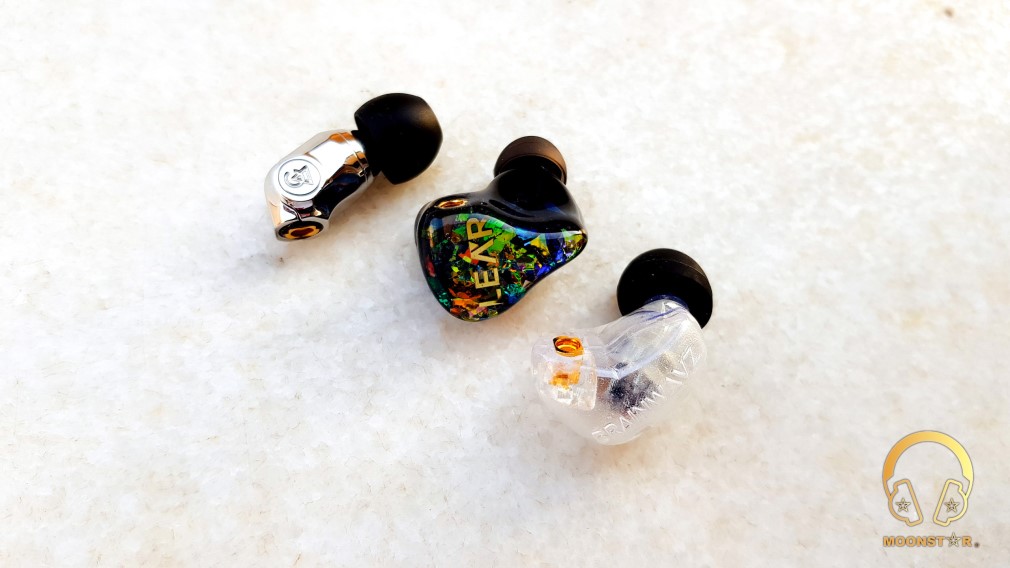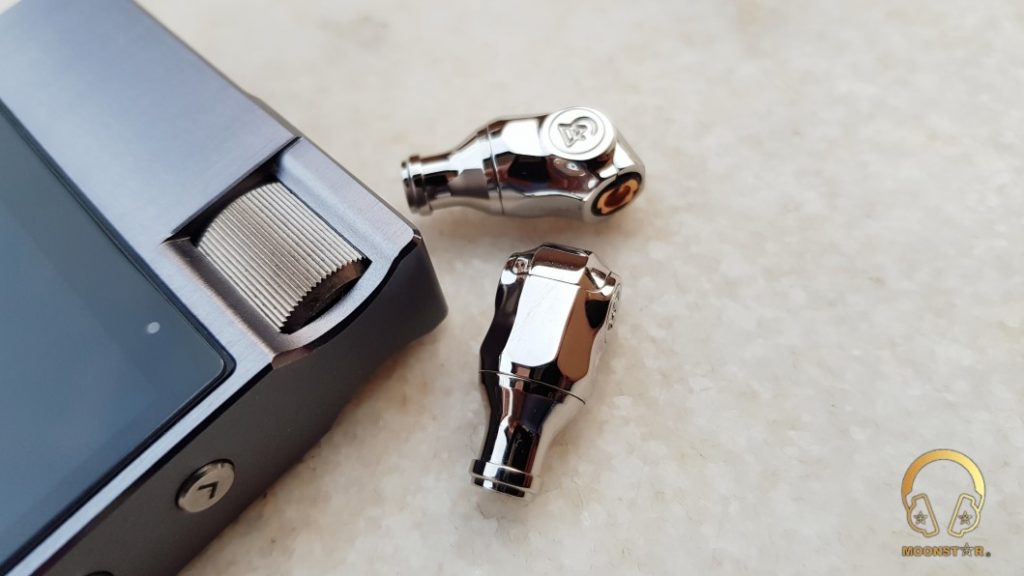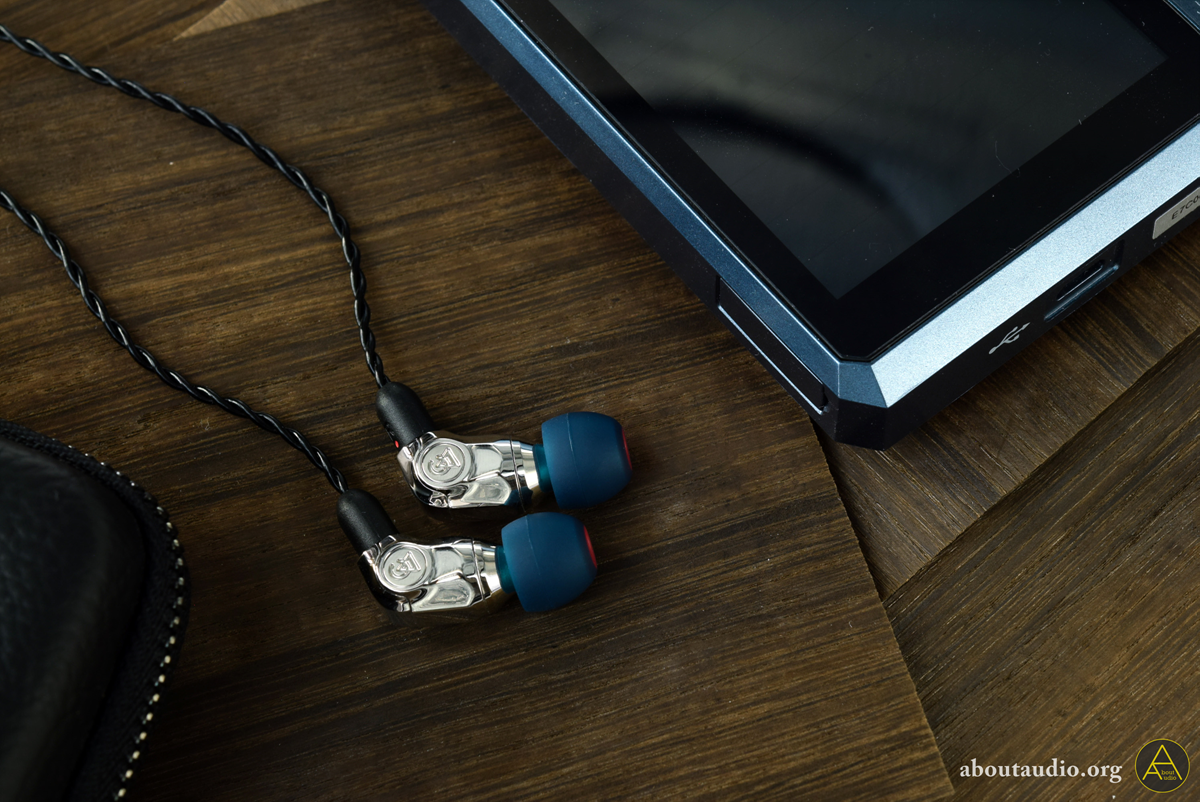Campfire Audio Comet Review
About Campfire Audio:
Campfire Audio is a US based company located in Portland – Oregon, which is specialized in the production of In-Ear Monitors.
Campfire Audio launched there first In-Ear Monitors in summer of 2015 with three models, which are the Jupiter, Orion and Lyra.
After the success of these models, Campfire Audio introduced the Nova and Andromeda in spring of 2016 that are milestones for the company in the audiophile market. The Lyra II, Dorado, and Vega (fall of 2016) are the there first IEM’s with a liquid alloy metal housing and the Polaris (August 2018) was the latest model right before the new Comet and Atlas came out in April 2018.
This review was originally posted on my Review Blog, which I want now to share with the Head-Fi community:
Original Post: http://moonstarreviews.net/campfire-audio-comet-review/
Disclaimer:
The Comet IEM was provided to me by Campfire Audio as a review sample. I am not affiliated with Campfire Audio or any third person beyond this review and all these words reflect my true, unaltered, opinions about the product.
The Price:
The Comet is sold for 199,00 USD and is available on Campfire Audio’s Official Store under the following link;
Purchase link: https://campfireaudio.com/shop/comet/
Warranty:
Campfire Audio Comet includes a 1 year limited liability product warranty covering defects due to manufacturing and assembly.
Package and Accessories:
The Campfire Audio (in short CA) Comet came in a relative small orange cardboard box with turquoise patterns and a sticker laid over it, which is providing an image of the Comet.
Inside of this box are following items;
- 1 pair x Campfire Audio Comet Monitor
- 1 pcs x Copper Litz Cable with MMCX with Mic (has 3 button controls)
- 1 set x Campfire Audio Marshmallow tips (small, medium, large)
- 1 set x Silicon Ear Tips (small, medium, large)
- 1 set x Spinfit Silicone Ear Tips (small, medium, large)
- 1 pair x Protective fabric pouch
- 1 pcs x Clearing Tool
- 1 pcs x Campfire Audio Pin
- 1 pcs x Black zipper case with faux shear ling lining
- 1 pcs x Warrant Card & instruction manual
The Campfire Audio Comet comes with lots of accessories. The standard package is including foam ear tips (Campfire Audio calls it Marshmallow), silicone ear tips with large bore and very comfy Spinfit silicone ear tips. All ear tips are coming in three (3) different sizes; small, medium and large.
The In-Ear monitors came in fabric pouches (each monitor has its own pouch) that protects from any scratching.
Black zipper case has leather like surface with a faux shear ling lining and sports the Campfire Audio logo on the top that looks pretty stylish.
There is also a cleaning tool and a pin with Campfire Audio Logo, which is a nice addition.
The Cooper Litz Cable:
The Campfire Audio Comet comes with a 4 core braided Copper Litz (ALO Audio) wire cable that has a medical grade black PVC coating.
This cable has beryllium copper MMCX (Micro Miniature Coaxial) male connectors, a right angled 3.5mm TRS (single ended) headphone jack and an inline 3-button control with microphone.
On those connectors are left (blue dot) and right (red dot) markings that are easy to recognize.
The cable sports a black chin slider “made of metal” and a y splitter that is made of plastic.
The 3.5mm Gold plated TRS headphone jack is L angled and has a high quality rubber housing, which sports the Campfire Audio logo.
Design and Build Quality:
The Campfire Audio Comet is made of CNC machined stainless steel that has a very different design language then the former models, which reminds me and some people in the community to a Hair Dryer or Sci-Fi pistol.
The all stainless steel housing has a polished glossy that looks and feels rock solid in my hand.
On the front is the sound nozzle with e machined grill spout, which has a unique appearance.
You can find on both sides of the housing, there Campfire Audio logo. At the bottom of the In-Ear Monitor is the Beryllium Copper MMCX connector that looks very solid and has a robust mating mechanism.
Fit, Comfort and Isolation:
The Campfire Audio Comet has stainless steel housing, which is surprisingly comfortable to wear, but you should note that the nozzle is a bit on the bigger diameter, which could make some pressure to ears with small ear channel. I was able to wear the Comet for around 2 – 3 hours with breaks for every 30 min, without any discomfort. The noise isolation is above average, but not as good like IEM’s with semi custom acrylic/resin shell, but is ok for environments like bus, metro or train.
Features:
The Comet utilizes a custom design vented full range balanced armature driver and features an Acoustic Chamber called T.A.E.C (Tuned Acoustic Expansion Chamber).
The custom Beryllium Copper MMCX eliminates the traditional shortcomings of the connection and harnesses all of its benefits. Beryllium Copper provides a robust mating mechanism; one that is typically made from soft brass. The selection of this harder material should extend the life of the component and the earphone.
Technical Specifications:
- Driver Units : 1 (single) x Full Range Balanced Armature Driver
- Special Features : Tuned Acoustic Expansion Chamber™ (T.A.E.C.)
- SPL : 97 dB @ 1K
- THD : <1%
- Impedance : 48 ohm @ 1K
- Frequency Response : 20Hz – 20kHz
- Earphone connector : Beryllium Copper MMMC (Micro Miniature Coaxial Connector)
Drivability (Impedance):
The impedance of the Campfire Audio Comet is 48 ohm @ 1K, which explains why it needs a bit more juice then regular IEM’s. The Comet can be used with portable sources like Smartphones, Tablet’s without the need of an external Amplifier, but shows its real potential when I use it with my DAP’s and DAC/AMP’s.
Sources:
a) In Ear Monitor : Campfire Audio Comet, Lear Luf Kaleido, Brainwavz B400
b) DAP/DAC : Cayin N5II, Chord Mojo, Hidizs DH1000, Audirect Beam, Fiio M7
c) Albums & Tracks used for this review:
- Jehan Barbur – Yollar (Spotify)
- Minor Empire – Bulbulum Altin Kafeste (Spotify)
- London Grammar – Interlud (Live) (Flac 24bit/44kHz)
- Laura Pergolizzi – Lost On You “Live at Harvard and Stone” (Tidal Hi-Fi)
- Steve Srauss – Mr. Bones (Flac 16bit/44kHz)
- Dire Straits – Money for Nothing (DSD 64)
- Gothart – Jovano, Jovanke (Spotify)
- Otto Liebert & Luna Negra – The River (DSF) – Binaural Recording
- GoGo Penguin – Fanfares (Tidal Hi-Fi)
- Adam Taylor – Colour to the Moon (Flac 16bit/44kHz)
- Casey Abrams – Robot Lover (Tidal Hi-Fi)
- Morbid Angel – Drum Check (Spotify)
- Charly Antolini’s – Duwadjuwandadu (Tidal Hi-Fi)
- Liquid Tension Experiment 2 – Acid Rain (Spotify)
- Opeth – Damnation (Tidal Hi-Fi)
- Megadeth – Sweating Bullets (Flac 16bit/44kHz)
- Metallica – Sad bu True (Flac 24bit/96kHz)
- Future Heroes – Another World (Tidal Hi-fi)
- Lorde – Team (Flac 24bit/48kHz)
- Tom Player – Resonace Theory “Album” (Tidal Hi-Fi)
- Deeperise feat. Jabbar – Move On (Spotify)
Sound Analysis and Comparisons:
I believe in burn-in and have done that for approx 80 hours, before I have written this review. I have used the medium sized stock silicone ear tips, which came in the box together with the Campfire Audio Comet.
Tonality:
The Campfire Audio Comet does not sounding analytical or hot and is slightly on the warmer side of neutral, which I can descript musical.
Bass:
The Campfire Audio Comet is an IEM with a custom design vented full range single balanced armature driver, which looks on paper as a disadvantage in the bass department. But Campfire Audio managed to archive a fairly good bass performance, which should be a result of the custom vented design.
The sub-bass area goes fairly low and has surprisingly good extension. The bass has pretty fast attack and good decay, especially for a single BA driver. The mid-bass area is not as present like the rest of the bass spectrum, but has some nice kicks when it’s called for.
The bass has moderate amount of pressure, which is enough for listening to genres like Pop, Edm or Trance, unless you’re descript your self as a bass-head. For example; I can hear some nice kicks when I listen to Deeperise feat. Jabbar – Move On, which I quite enjoy with the Comet.
c) Mids:
The midrange of the Campfire Audio Comet sounds smooth and has velvet like presentation, with a moderate level of transparency. Both male and female vocals have a nice sense of body thanks to the relative full sounding lower end, while female voices have additional sparkle due a slightly boost in the upper midrange area.
The Comet has a quite good detail retrieval, which I didn’t expect from a Campfire Audio product with such a price label. It is not a detail monster, but shares some nice micro detail in GoGo Penguin’s – Fanfares, where you can find lots of instruments, which are playing at the background. The separation of instruments is above average and the upper midrange has a slightly boost, which sounds fairly controlled without any remarkable harshness or sibilance.
As I motioned before, the upper midrange has a slightly boost that sounds fairly controlled without any remarkable harshness or sibilance. This tuning allows the Campfire Audio Comet to provide a richer display of vocals and instruments.
d) Treble:
The Campfire Audio Comet has a slightly boost in the treble range, which makes the overall presentation a touch brighter than natural. The treble extension in this area is in a moderate level with a relative clear and airy presentation without remarkable flaws.
The Campfire Audio Comet is quite capable regarding to speed and control in the treble/ upper treble region but is missing a bit o resolution, which can be found in IEM’s at the same price range.
One of the good characteristics of the treble presentation is that the Comet doesn’t sounds aggressive or harsh in this area. Instruments like cymbals and bells are sounding pretty controlled and pleasant in Charly Antolini’s song “Duwadjuwandadu”, even in higher volume levels.
e) Soundstage:
The Campfire Audio Comet has a soundstage with a fairly natural presentation, which offers more wideness than depth. There is enough space and air rendered between vocals and instruments and the positioning of instruments is pretty precise.
Comparisons:
Vs. LEAR LUF Kaleido:
The Lear Luf Kaleido is a Hybrid driver IEM with 2 Balanced Armature drivers and 1 dynamic driver, which I will compare with Campfire Audio Comet with 1 full-range BA diver.
The first noticeable difference between the Luf Kaleido and the Comet is in the bass department. The Luf Kaleido has noticeable more emphasis in both sub- and mid-bass department.
The sub-bass of the Luf Kaleido goes lower and has also more rumble than those of the Comet, but the is missing a bit more extension. The midbass of the LUF Kaleido has more quantity and sounds also punchier than those of the Comet, while the Campfire IEM has the upper hand for speed, control and bass decay. The bass of the Comet has also better texture and sounds also cleaner than those of the Kaleido.
The Lear Luf Kaleido sounds warmer and fuller in the midrange department, where it is missing some transparency and clarity, which the Comet has.
Both male and female vocals sounding fuller, more intimate and emotional with the Kaleido, where the Campfire Audio Comet offers more clearness and sparkle especially due the slightly rolled of upper midrange of the Kaleido, where the Comet really shines. The Comet has here also the better definition of instruments, while string instruments like guitar sounding more delicious with the Kaleido. The Lear Luf Kaleido sounds a bit too hot and veiled in the midrange compared to the Comet, which makes the sound a bit unnatural.
The treble range of the Campfire Audio Comet sounds airier and with more sparkle than those of the LEAR Luf Kaleido, which is also missing some resolution. The speed and control of both IEM’s is equal but the Comet has the upper hand for extension. The upper treble range of Comet sounds slightly dull, which makes instruments like cymbals, pianos and violins sounding a bit too hot and unnatural.
When it comes to the soundstage performance, the Campfire Audio Comet has the upper hand for wideness, while performance for depth is nearly the identical (maybe a tad deeper with the Comet). The Comet is a bit more accurate in the subject of instrument placement.
Vs. BRAINWAVZ B400:
The Brainwavz B400 is a multi BA (Balanced Armature) driver IEM with 4 drivers, which I will compare with the Campfire Audio Comet with 1 full-range BA diver.
The Brainwavz B400 sounds fuller and warmer than the Comet. The B400 has more slightly more sub-bass rumble that goes to a slightly lower register than those of the Comet. The B400 has also the upper hand for extension and control in the bass department, while the speed is nearly identical. The mid-bass of the B400 is more prominent and gives additional punch when it called for.
The midrange of the Brainwavz B400 is warmer and darker than the Comet, which sounds airier and more spacious in this area. I am enjoying both IEM’s while listening to vocals, but I must say that I like the B400 more with male voices, while the Comet is the better choice for female vocal with is slightly brighter top end.
The B400 has the upper hand for the separation of instruments and detail retrieval in the midrange region.
Now the game is changing when it comes to the treble performance. The Comet sounds brighter, extends better and has additional micro detail in this frequency region, which was a surprise for me due the single BA driver.
The Comet sounds also more alive compared to the B400, due the brighter top end, which shares also a nice rendering of air. The Brainwavz B400’s treble area sound a bit rolled off but has slightly better control, while playing instruments like Piano, Violin, etc., which are sounding also pretty controlled on the Comet too.
The soundstage performance of both IEM’s is pretty good compared to the price. The Campfire Audio Comet has a wider stage, while the Brainwavz B400 performs better for soundstage depth. The Brainwavz B400 is a bit more accurate regarding to the placement of instrument.
Conclusion:
The Campfire Audio Comet is a solid piece of gear with its Stainless Steel Housing, different design language and premium build quality. I was a bit skeptical at the very beginning due Comet’s price and the single driver and didn’t expect such a sound performance, but it was nice to see and to hear that Campfire Audio has a product for a much more reasonable price.
Pros and Cons:
- + Good overall sound performance
- + Solid build quality
- + Nice accessories package
- + Comfortable
- – Metal surface is prone to scratches
- – Missing of some micro detail





